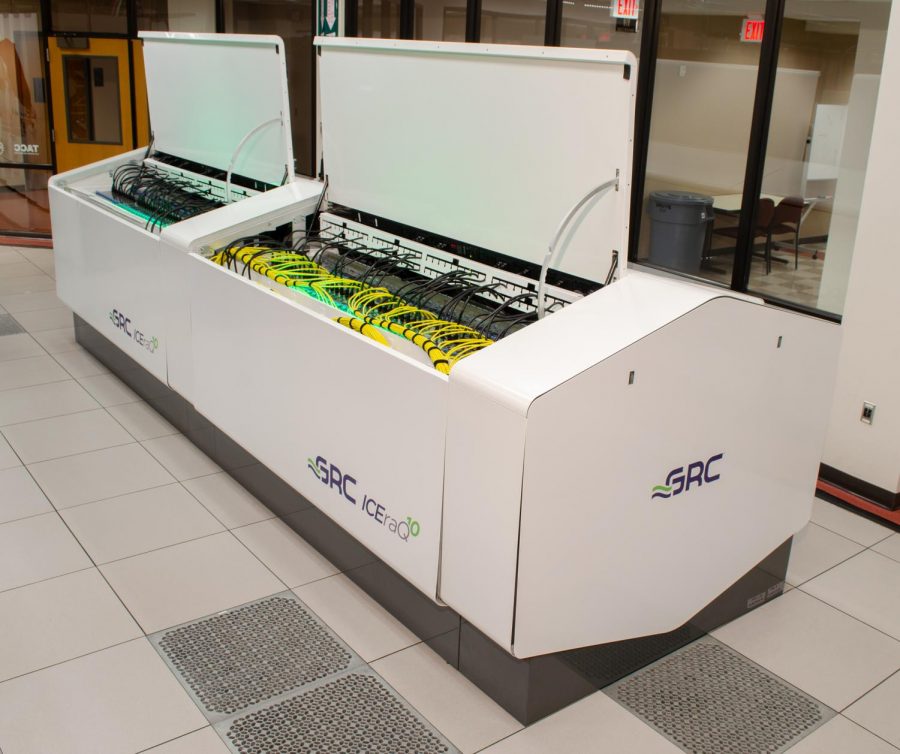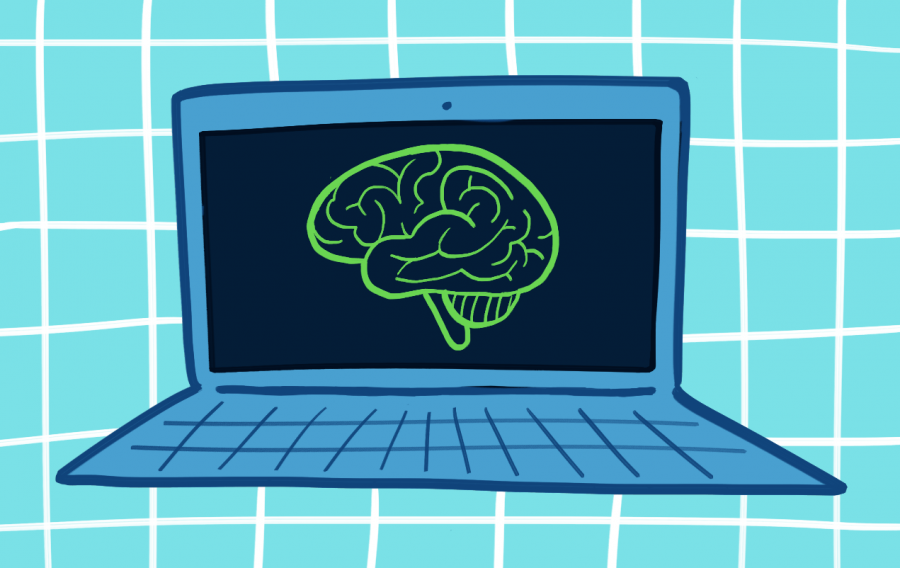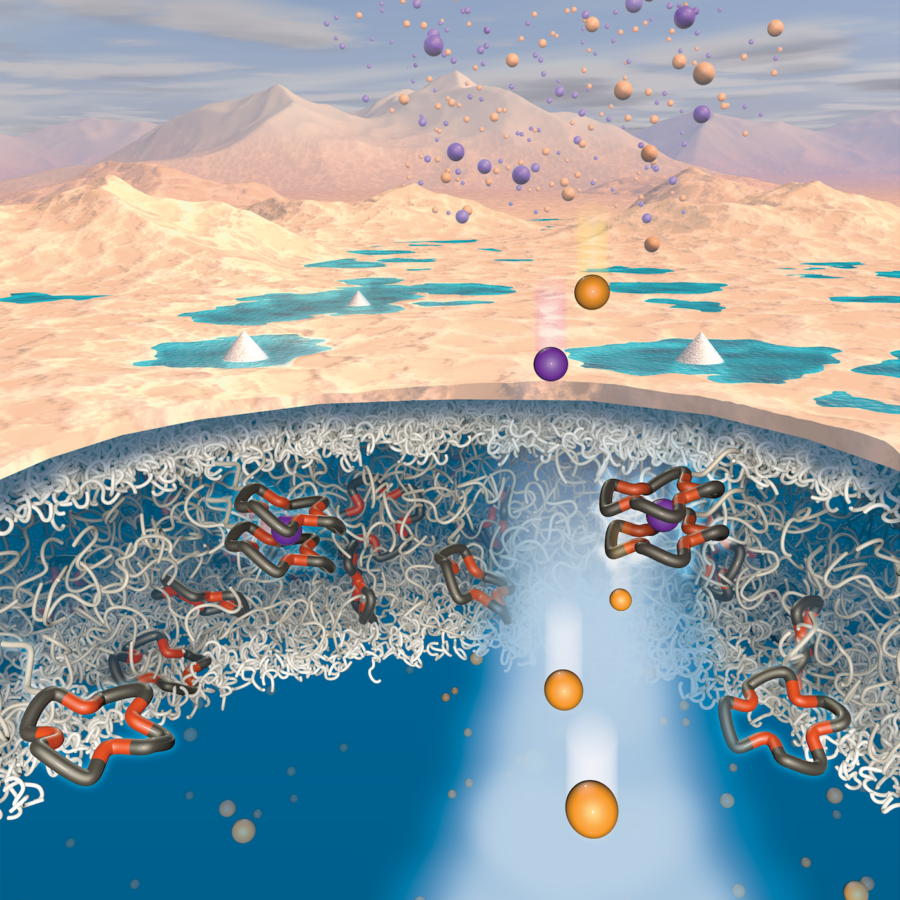Last week, a team of electrical engineers at the University of Texas, in collaboration with scientists at Peking University, quietly developed the thinnest ever digital memory storage device.
Nanotechnology is the branch of technology dealing with things on the scale of individual atoms and molecules. Types of nanotechnology, such as “nanocomposites” and “nanocrystals” have already been developed, largely to help fortify certain structures or fabrics. Examples include car paint, bumpers, sunscreens and certain types of phone and TV screens.
Last week, a group at UT successfully combined metallic atomic sheets with semiconducting atomic sheets, surpassing traditional flash memory mechanisms by allowing an efficient memory device to exist within 1.5 nanometers, or about one billionth of a meter, of space. These 1.5 nanometer thick “plates” can be layered to create incredibly dense, high storage, low volume memory cells. This allows for more efficient and faster computing, according to the press release.
This kind of innovation is most immediately usable in smartphones. Nanomemory devices bypass many functions that previously required much more battery life. Not only is it smaller and lighter, but it saves significant amounts of energy.
“Ultimately, this sort of advancement will lead to more computing power for companies and people,” said Craig Wheeler, a UT astronomy professor who currently teaches a course focused on where the advancement of technology is taking humans. “That will mean even more processing power in your pocket device. Maybe you won’t have to type or even speak into it, as with Siri. Maybe, someday, you will be able to just think to it.”
Deji Akinwande, associate professor of electrical engineering and one of the researchers who worked on the device, said he wonders what kind of implications this carries for the future of human society.
“Overall, we feel that this discovery has real commercialization value as it won’t disrupt existing technologies,” Akinwande said. “It has been designed to complement and integrate with the silicon chips already in use in modern tech devices.”
This device is a direct illustration of Moore’s Law coming to fruition, according to the press release. Moore’s Law predicts the number of circuit elements on a single computer chip will double every year. With increased memory capacity in a much smaller space, the invention of this chip will allow for advancement to continue at this predetermined rate.
Nanorobots could also soon be a reality, expanding into the medical realm and beyond, Wheeler said.
“Nanotechnology in general will lead to intrusions, for good or ill, into our bodies,” Wheeler said. “Imagine tiny robots programmed to seek out cancerous cells and kill them. Imagine having those tiny robots hacked.”




















